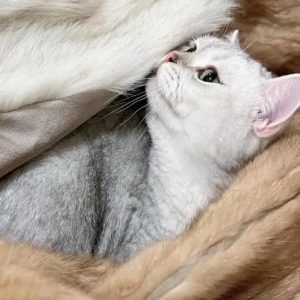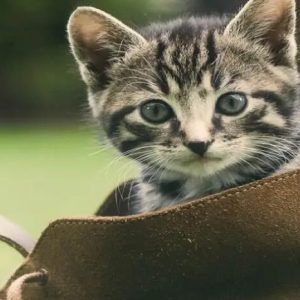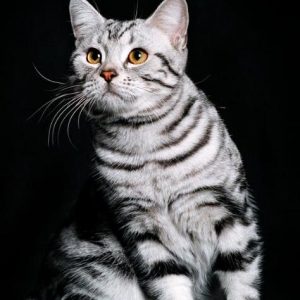Neoplasia in cats refers to the abnormal proliferation of cells, leading to the formation of tumors or masses within the body. This condition can impact cats of all ages and breeds, with a higher prevalence in older felines. The growths can be benign or malignant, with each carrying different implications for treatment and prognosis. It is essential for cat owners to be aware of the signs, causes, and available management strategies for neoplasia to ensure the best possible care for their pets.
Types and Symptoms of Feline Neoplasia
Feline neoplasia can manifest in various forms, each with its own set of symptoms and severity. Common types include:
- Lymphoma: Affects lymphocytes and can manifest in various body areas, often the gastrointestinal system.
- Squamous Cell Carcinoma: An aggressive oral cancer that can be challenging to treat.
- Injection Site Sarcoma: Rare, aggressive tumors that can develop at vaccine injection sites.
- Mast Cell Tumors: Occur in the skin, spleen, or gastrointestinal tract.
- Trichoblastomas: Benign skin tumors that may not show symptoms of illness.
Symptoms of neoplasia in cats can range from weight loss and loss of appetite to lethargy, vomiting, diarrhea, and visible masses or tumors. Enlarged organs or fluid in the abdomen may also indicate the presence of cancer.
Causes and Diagnosis of Neoplasia
The causes of feline neoplasia are multifaceted and can include viral infections like FELV and FIV, genetic predispositions, environmental factors, and exposure to carcinogens. Diagnosis involves a thorough physical examination, bloodwork, imaging studies, and often, biopsies to determine the nature of the growth.
Treatment and Prognosis
Treatment options for neoplasia depend on the type, severity, and location of the growth. Benign tumors may not require intervention unless they affect bodily functions, while malignant tumors may necessitate surgery, chemotherapy, radiation therapy, and supportive care to manage symptoms and improve quality of life.
The prognosis for cats with neoplasia varies greatly depending on the nature of the condition. Early detection and treatment can significantly improve outcomes, with some cats achieving remission and living comfortably for extended periods.
Prevention and Regular Veterinary Care
While a definitive method to prevent neoplasia does not exist, certain precautions can reduce risks. These include spaying, avoiding exposure to toxins, vaccinations against FELV and FIV, and maintaining a stress-free environment for your cat.
Regular veterinary check-ups are crucial for early detection and intervention. Routine bloodwork and prompt investigation of any unusual symptoms are key to managing feline neoplasia effectively.
In conclusion, neoplasia is a complex condition that requires the vigilance of cat owners and the expertise of veterinarians. By understanding the various forms of neoplasia, their symptoms, and the available treatment options, cat owners can make informed decisions to ensure the health and well-being of their pets. Always consult with your veterinarian for the most accurate information and advice regarding your cat’s health.





